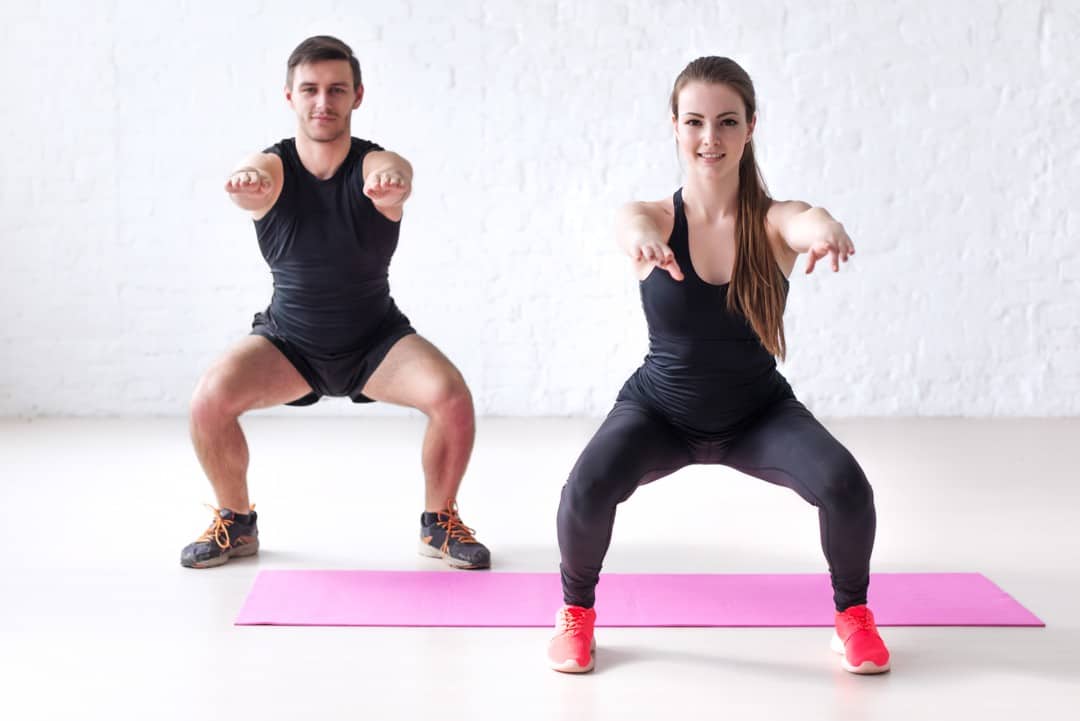The Secret to Pelvic Floor Control is Awareness
Have you tried kegel exercises with no success?
Are you still fearful of leaking in public?
Do you want to be sure you never have such an embarrassment?
Would you be interested in tightened and toned vaginal wall and pelvic floor musculature?
Read on to take control of your pelvic floor, and become aware of its functioning, so that you can tighten & tone its muscles, and prevent pelvic floor dysfunction.
The Surprising Study:
250 Pilates instructors, teaching pelvic floor exercise, were asked to perform a “Kegel contraction” and lift their Pelvic Floor. We watched the ultrasound to see what happened.

SURPRISE
45% of these Pilates Instructors were doing pelvic floor exercises wrong!

Many of them even pushed their pelvic floor down instead of pulling it up! And if these core and pelvic floor experts were pushing their pelvic floor muscles down when they thought they were it moving up, what are the chances your kegel exercises are not doing much for you?
The simple message here is that it is very difficult for anyone to intentionally control their pelvic floor without proper training – even for highly trained core, pelvic floor and breathing instructors.
So how do I develop better Awareness of my Pelvic Floor movement?
That is a Great question!
Below are 4 excellent ways to do pelvic floor exercises so you can build greater awareness of your pelvic floor:
Pelvic Floor Awareness
Clinical Tip #1:
Get The Diaphragm Involved
The Diaphragm is the top of the abdominal cavity and it can help move the pelvic floor by appplying pressure inside the abdomen when it is contracted. If you are moving your Diapragm there is a good chance you are already moving your pelvic floor.
Watch Brent’s 2 min video below to discover which type of breather you are and which breathing styles involve the diaphragm.https://www.youtube.com/embed/1Fmd1AjSu_U
Accessory Breather
Also called a Neck Breather. In this type of breathing the neck and shoulders often move when you inhale and exhale. This type of breathing does not engage the diaphragm, and it will not be helpful to create awareness of Pelvic Floor.


Rib Cage or Belly Breather
Both a rib cage and a belly breather will engage the diaphragm and be useful in building awareness of how the diaphragm and the pelvic floor work together. Work to increase your diaphragm’s involvement in your breathing and it will be easier to become aware of your pelvic floor. You may also want to try integrating some 478 breathing into your practice here to relax the pelvic floor even more.
Pelvic Floor Awareness
Clinical Tip #2:
Squat and Breathe
Now that you know how to breathe with your diaphragm involved, let’s breathe deeply in and out from a squatting position, to further increase your awareness of the movement in the muscles of the pelvic floor.
Brent explains this in 1 min below.https://www.youtube.com/embed/UZcbSlRytxE
Get Into a Deep Squat
Where your pelvic floor is low to the ground. If this is difficult you can hold something in front of you to get into this position and squat as deeply as you can.

Concentrate on feeling the pelvic floor move Down and Up with each inhale and exhale.
Breathe Deep Into Your Pelvis
Pretend you are filling a balloon up with the air you breathe in, using accessory and/or belly breathing. Take 5 deep breaths in and out.
Pelvic Floor Awareness
Clinical Tip #3:
Feel Your Pelvic Floor
Find and feel your pelvic floor and feel how it responds to diaphragmatic breathing. Watch this 2 min video to discover how and why feeling your pelvic floor will increase your awareness.
https://www.youtube.com/embed/6oGugn0iy6o
Place Hand Under Your Bottom and Breathe
Feel the pressure on your hand when you breathe in, and your pelvic floor descends.


See How Your Pelvic Floor Responds to Different Activites
Try coughing or lifiting something heavy and see how your pelvic floor reacts to these and other activities.
Pelvic Floor Awareness
Clinical Tip #4:
Use a Kegel Exercise Device
For enhanced awareness of your Pelvic Floor, look for Kegel exercise devices like Inti Fit’s premium kegel exercisers, which are excellent at increasing awareness of the pelvic floor, and helping with proprioception.
When it comes to kegel exercises and devices, it is not the weight that matters as much as the amount of feedback that the device gives and how comfortable it is. Listen as Brent explains that proprioception and awareness are the keys here – not how much your pelvic floor can lift. https://www.youtube.com/embed/8SdOlH8C-pA
Try Moving the Devices Up and Down
Let the devices fall low in the vagina and then contract your pelvic floor and raise the device up using your pelvic floor muscle contraction.

Now Move With the Devices Inside
Try moving and activities with the devices, walking, jumping and even squating, focusing on your breathing and how it affects the location of the cone


Where there is a will, there is a way.
Hi there to all, the contents existing at this site are
genuinely remarkable for people experience, well, keep up the nice work
fellows.